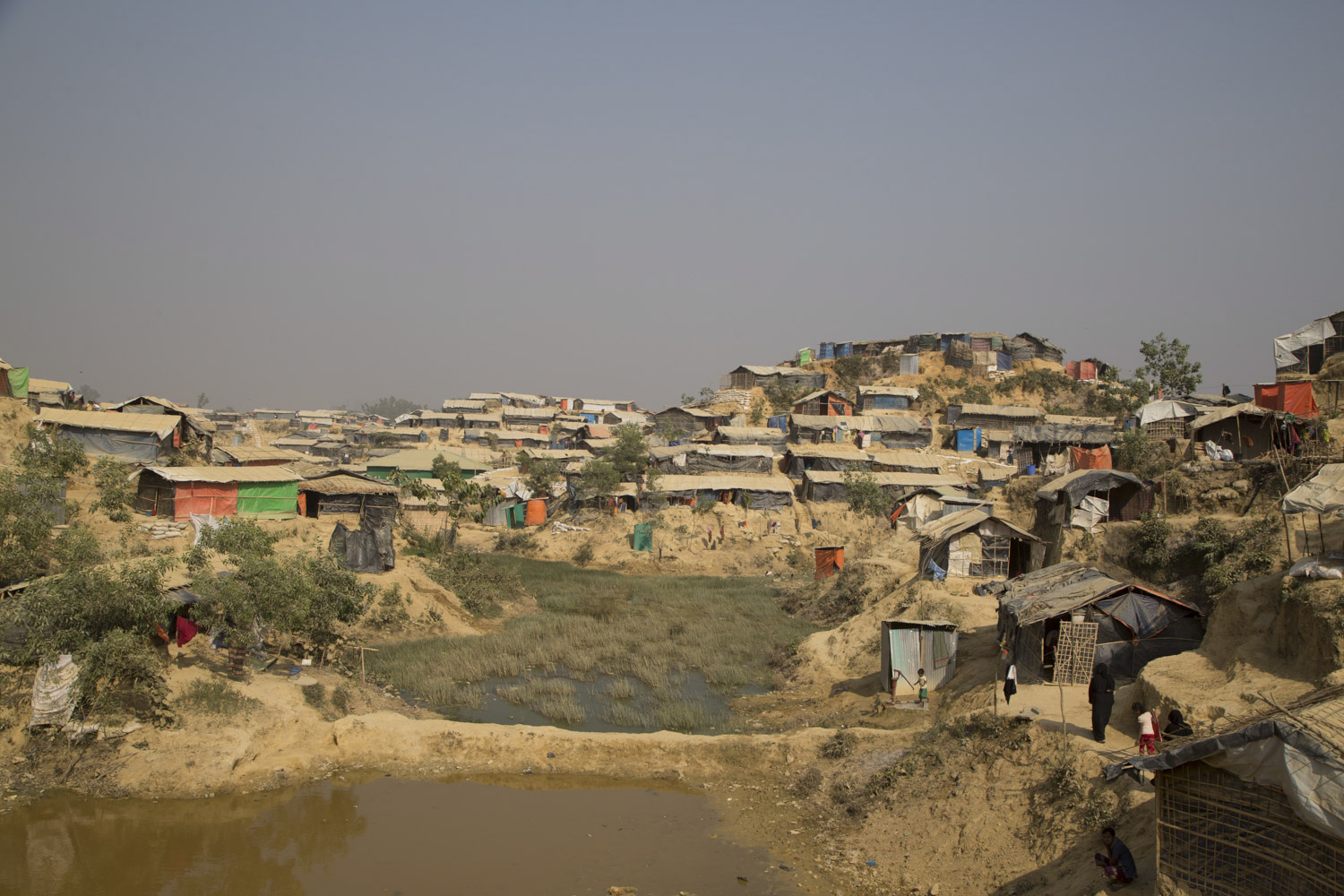BACKGROUND
The Rohingya are an Islamic minority from Myanmar.
In 2017, the Burmese army attacked Muslim villages, forcing the weaker part of the population to a mass escape. The Rohingya got into the sea on their characteristic crescent boats, made for the waters of the Indian Ocean and its sandy bottoms, and reached the tongue of land south of Cox’s Bazar, Bangladesh, one of the poorest countries in the world.
Three years later, having escaped the brutality of war and the dangerous and exhausting trip, the emergency is over. They are finally safe. Yet, more than a million refugees are now facing another difficult challenge: surviving in everyday life.
HISTORY
Thanks to the NGO MOAS, I photographed the refugee camps of Unchiprang, Shamlapur, and the enormous camp of Kutupalong. They are all different in number and size, but have notable elements in common: an endless spread of shacks, most families formed by women with children and no grown men, and the need of external help for basic services like food and water, drain structures, education, health.
The fields are a bustle of people. And many children: you can see them trudging with canisters full of water, their shoulders bent by the wood, their faces are covered in sweat and mud. They move along the edges of the field, and outside the borders, searching for the wood used for cooking and for heating the huts during the dry season. The vegetation has therefore been cut and burned, leaving the fragile clay soil bare and unprotected from the torrential rains of the monsoon period, when the water returns like a curse, and creates floods and landslide.
The drains flow into rivulets towards the bottom of the field.
Drinking water is distributed through large tanks at specific points where people flock to recover as much as possible.
- Where Cox's Bazar - Bangladesh
- When 2018















